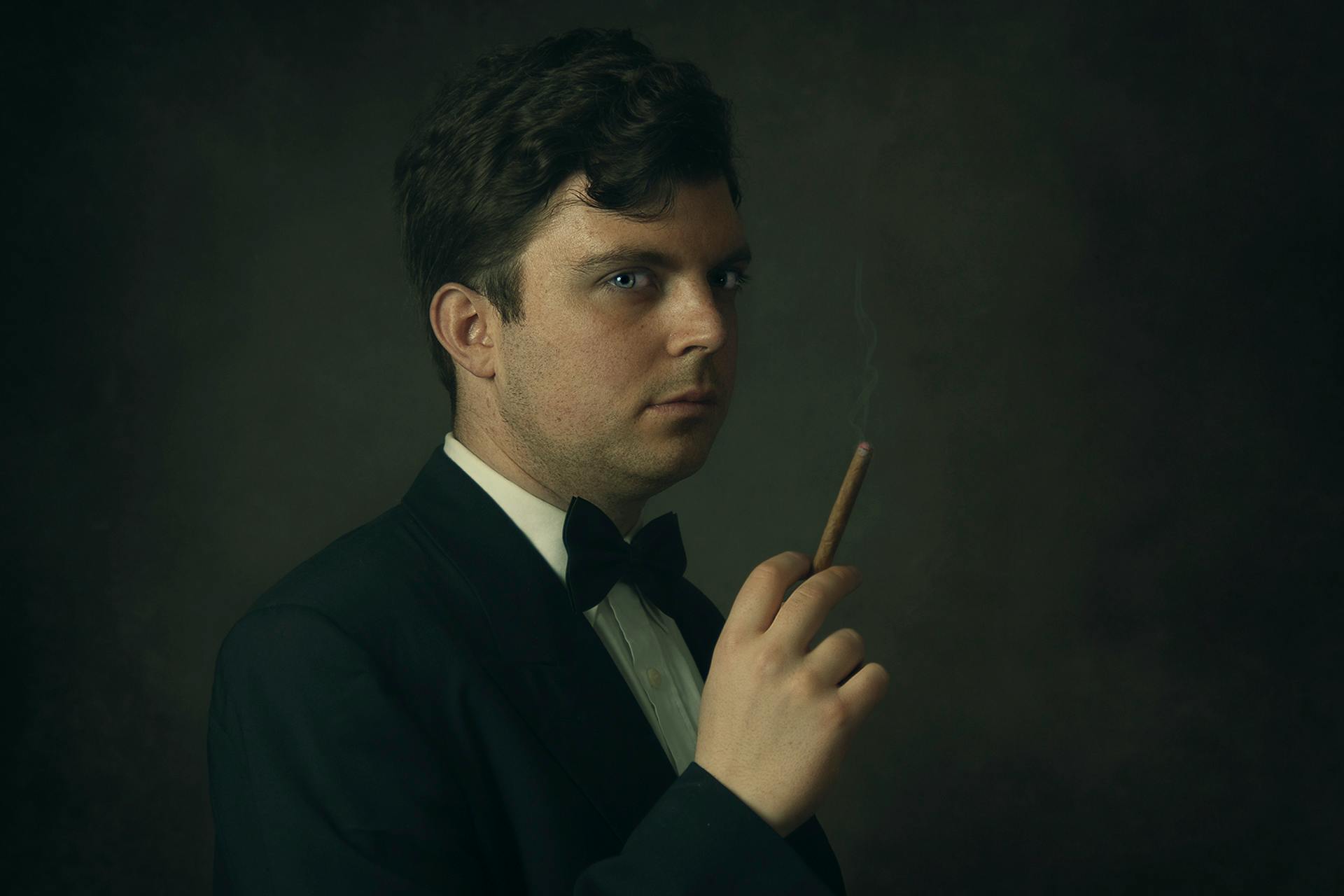Reykjavik, Iceland’s capital, is a city brimming with culture, history, and artistic expression. Known for its stunning landscapes and modern design, Reykjavik is also home to a vibrant arts scene, where history, creativity, and Icelandic culture come together. For visitors interested in art and culture, Reykjavik offers a diverse range of museums and galleries showcasing the country’s artistic evolution, rich history, and unique perspective on the world.
Whether you're an art lover, a history enthusiast, or someone looking to explore Iceland's heritage, Reykjavik's museums and art tours provide an exciting opportunity to delve into Iceland’s creative and cultural heart. Let’s explore the best museums and art tours that Reykjavik has to offer.
Best Reykjavík Museums and Art Tours to Explore
Reykjavík ’s museums offer something for everyone, from contemporary art to iceland ’s Viking heritage. Here’s a guide to the most fascinating museums and art tours in Reykjavík .
1. The National Gallery of iceland
The National Gallery of iceland is one of the most important cultural institutions in Reykjavík , showcasing Iceland’s rich artistic history and vibrant contemporary art scene. Located in the heart of the city, the museum houses an extensive collection of Icelandic art, spanning from the 19th century to the present day.
Key highlights of the museum include:
-
Icelandic Art: The National Gallery features works by Icelandic masters such as Jóhannes S. Kjarval, Ásgrímur Jónsson, and Guðmundur Einarsson. The collection explores Iceland’s unique landscape and its influence on local artists.
-
Temporary Exhibitions: The museum regularly hosts temporary exhibitions that feature both local and international artists. These exhibitions showcase a wide range of artistic styles, from painting and sculpture to multimedia and performance art.
-
Modern Architecture: The National Gallery is housed in a striking modernist building designed by the Icelandic architect Guðjón Samúelsson. The building itself is a work of art, blending with the natural surroundings of the city.
A visit to the National Gallery provides an in-depth look at Iceland’s artistic heritage and offers the perfect introduction to the country's vibrant art scene.
2. The Reykjavik Art Museum
The Reykjavik Art Museum is another major institution in the city’s art scene. It consists of three distinct locations, each showcasing different aspects of Icelandic and international contemporary art. The museum’s varied locations offer a comprehensive view of Reykjavik’s dynamic art scene.
The three locations include:
-
Hafnarhús: Located in the old harbor district, this building is dedicated to contemporary art. Hafnarhús is known for its ever-changing exhibitions, which focus on modern Icelandic and international artists.
-
Kjarvalsstaðir: This museum is dedicated to the works of Icelandic painter Jóhannes S. Kjarval, one of Iceland’s most important artists. Kjarvalsstaðir also hosts exhibitions by other Icelandic artists and features a variety of contemporary art.
-
Ásmundarsafn: Located in a former studio and home of sculptor Ásmundur Sveinsson, this museum focuses on Icelandic sculpture. The building itself is a work of art, with its unique architecture and sculptures displayed both inside and in the surrounding gardens.
The Reykjavik Art Museum provides a diverse experience for art lovers, offering everything from contemporary and modern art to Iceland’s own creative traditions.
3. The National Museum of Iceland
For those interested in Iceland’s history and culture, the National Museum of Iceland is a must-visit. While it’s not an art museum in the traditional sense, the museum’s collection provides a fascinating look at Iceland’s past and its cultural development. Through its exhibits, the museum offers a comprehensive overview of Icelandic society, from the Viking Age to the present.
Highlights include:
-
Viking Artifacts: The museum features a vast collection of Viking-era artifacts, including weapons, tools, and personal items. Visitors can learn about Iceland’s early settlers and their impact on the country’s culture and traditions.
-
Cultural Exhibits: The museum also showcases items related to Icelandic folklore, religion, and everyday life. Exhibits cover a wide range of topics, from medieval manuscripts to early photography.
-
Icelandic Traditions: The museum explores Iceland’s traditions, from its agricultural roots to its modern-day lifestyle. Visitors can gain insight into how Icelandic culture has evolved over the centuries.
The National Museum of Iceland provides an essential look at the country's cultural heritage and is an excellent complement to Reykjavik’s art-focused museums.
The Icelandic Phallological Museum
The Icelandic Phallological Museum is one of the most unusual and unique museums in Reykjavik, dedicated to the study of penises. It may seem quirky, but it offers an interesting and educational experience, delving into the cultural and scientific aspects of the male reproductive organ.
Highlights include:
-
Animal Specimens: The museum houses a collection of over 200 specimens from 92 different animal species, including whales, seals, and land mammals. Visitors can explore how different cultures view and use phallic symbols.
-
Historical Significance: The museum also touches on the historical significance of the phallus in Icelandic folklore and tradition. It’s an entertaining yet informative experience that explores the often-overlooked aspects of Icelandic culture.
While it may not be for everyone, the Icelandic Phallological Museum provides a unique and humorous look at an important cultural symbol.
The Árni Magnússon Institute for Icelandic Studies
The Árni Magnússon Institute is a center dedicated to preserving and studying Iceland’s medieval manuscripts. Iceland has a rich literary tradition, and the institute plays a crucial role in protecting the nation’s literary heritage.
Visitors can:
-
Explore Ancient Manuscripts: The institute houses some of the oldest and most important manuscripts in Icelandic literature, including the famous Sagas of the Icelanders. These manuscripts provide an unparalleled glimpse into the country’s Viking past and medieval society.
-
Learn about Icelandic Literature: The institute offers guided tours and lectures that dive into the world of Icelandic literature, giving visitors a deeper understanding of the country’s literary legacy.
For literature lovers and history buffs, the Árni Magnússon Institute provides an enriching experience centered on Iceland’s remarkable literary tradition.
The Icelandic Saga Museum
The Icelandic Saga Museum offers a hands-on, interactive experience where visitors can immerse themselves in Iceland's medieval past. The museum focuses on the sagas, which are the historical narratives that tell the stories of Iceland’s Viking ancestors.
Key features include:
-
Replica Viking Settlements: The museum features life-size replicas of Viking homes and artifacts, giving visitors the chance to step back in time and explore what life was like during the Viking Age.
-
Multimedia Exhibits: The museum uses multimedia displays to bring the sagas to life, creating an engaging and educational experience for visitors of all ages.
The Icelandic Saga Museum is an excellent way to learn about the Viking heritage of Iceland in an interactive and engaging setting.









